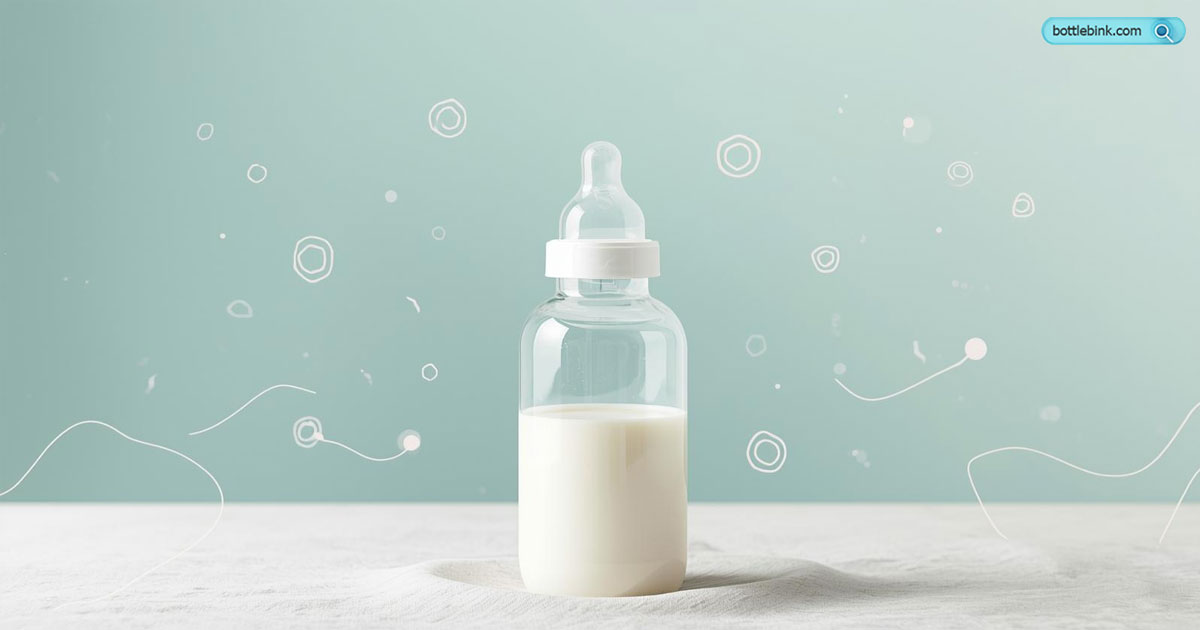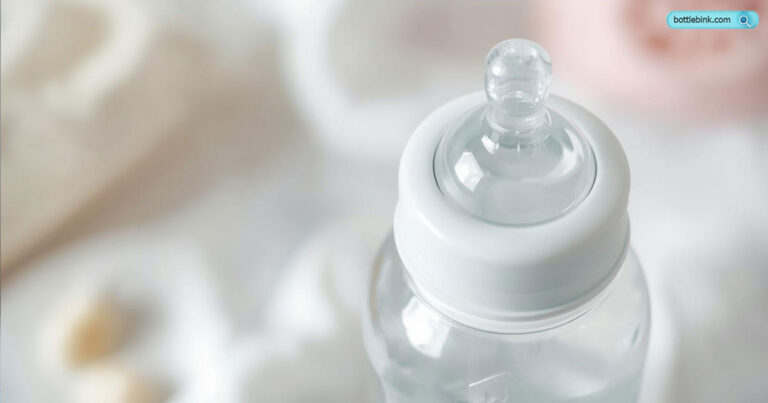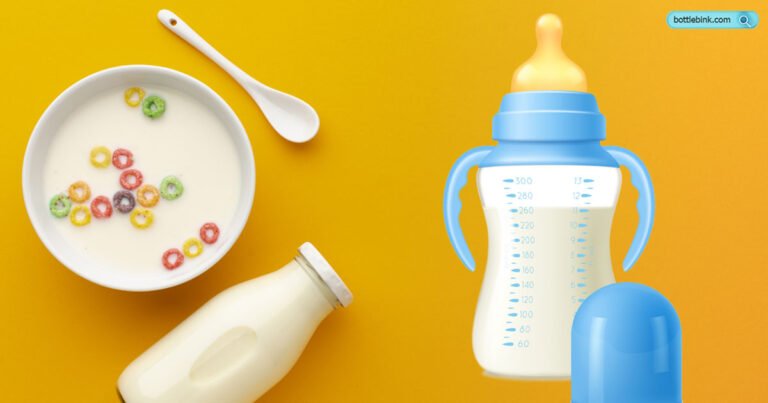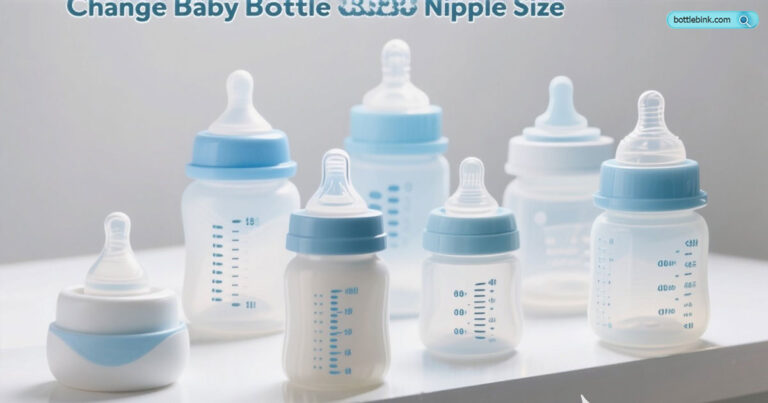Are Plastic Baby Bottles Safe? Essential Facts Every Parent Must Know
Are plastic baby bottles safe for your little one? If you’re worried about what goes into your baby’s mouth, you’re not alone.
Every parent wants to make sure their baby’s feeding gear is free from harmful chemicals and safe to use. But with so many types of bottles on the market, it’s hard to know which ones you can trust. You’ll discover the truth about plastic baby bottles, what to watch out for, and how to choose the safest option for your child.
Keep reading—your baby’s health could depend on it.
Types Of Plastic Baby Bottles
Plastic baby bottles come in different types of plastic materials. Each type has unique features and safety levels. Parents choose based on safety, durability, and ease of cleaning. Understanding these types helps make the right choice for your baby.
Common Plastics Used
Polypropylene (PP) is a common plastic for baby bottles. It is lightweight and resists heat well. Polycarbonate (PC) was popular but raised safety concerns. Some bottles use polyethylene (PE) or Tritan plastic. Tritan is clear and strong. Each plastic type has pros and cons to consider.
Bpa And Its Alternatives
BPA, or bisphenol A, used to be common in plastics. It can harm babies’ health by affecting hormones. Many countries banned BPA in baby bottles. BPA-free bottles use alternatives like Tritan or polypropylene. These materials do not release harmful chemicals. Choosing BPA-free bottles is safer for babies.
Health Concerns Linked To Plastic Bottles
Health concerns about plastic baby bottles have grown in recent years. Parents worry about the safety of the materials used. Some plastics may release harmful chemicals into the milk or formula. These chemicals could affect a baby’s health in many ways.
Understanding these risks helps parents make safer choices for their children. The main concerns focus on chemical exposure and its effects on a baby’s development.
Chemical Leaching Risks
Plastic bottles can release chemicals when heated or scratched. One common chemical is BPA (Bisphenol A). BPA can mimic hormones and disrupt the body’s natural balance. Some plastic bottles now say “BPA-free,” but other chemicals might still leach out. Heating bottles in microwaves or dishwashers can increase this risk. Using worn or old bottles can also raise chemical release. Choosing safe, tested bottles reduces exposure to harmful substances.
Potential Impact On Baby’s Development
Babies are more vulnerable to chemicals due to their small size. Exposure to certain chemicals may affect brain development and behavior. Some studies link these chemicals to learning difficulties and hormonal problems. Chemicals can interfere with the endocrine system, which controls growth and metabolism. Early exposure might lead to health issues later in life. Parents should consider these risks when selecting feeding bottles.
Safety Standards And Regulations
Safety standards and regulations make plastic baby bottles safer for babies. These rules ensure bottles do not contain harmful chemicals. They also check the materials used in bottles for safety. Parents can trust these rules to protect their children from risks.
Global Safety Guidelines
Many countries set strict rules for plastic baby bottles. The United States follows the FDA guidelines. Europe uses the European Union’s safety standards. These guidelines limit chemicals like BPA in baby bottles. They also require testing for durability and safety. These rules help reduce health risks for babies worldwide.
Labeling And Certifications To Look For
Labels on baby bottles show if they meet safety rules. Look for “BPA-free” labels to avoid harmful chemicals. Certifications like ASTM or EN standards prove safety testing. Some bottles have the FDA or EU approval marks. These labels and certifications help parents pick safe bottles.
How To Choose Safe Baby Bottles

Choosing safe baby bottles is important for your baby’s health. Some bottles can release harmful chemicals. Knowing what to look for helps you pick the right one. Safety depends on the material and how you use the bottle. These tips guide you to make the best choice for your child.
Material Considerations
Choose bottles made from BPA-free plastics. BPA can harm your baby’s health. Glass bottles are safe and easy to clean. Silicone bottles are soft and free from toxins. Avoid bottles with PVC or phthalates. Check product labels carefully before buying. Clear materials help you see any dirt or damage.
Durability And Usage Tips
Pick bottles that resist cracks and leaks. Cracked bottles can harbor bacteria. Replace bottles after signs of wear. Clean bottles thoroughly after each use. Use gentle brushes and warm soapy water. Avoid boiling plastic bottles often. Follow manufacturer instructions for cleaning. Proper care keeps bottles safe and lasts longer.
Proper Care And Maintenance
Proper care and maintenance help keep plastic baby bottles safe and clean. These bottles need regular cleaning and careful handling. This prevents bacteria buildup and extends the bottle’s life. Taking simple steps ensures your baby drinks from a safe bottle every time.
Cleaning Methods
Rinse bottles with warm water right after feeding. Use mild soap and a soft brush to clean all parts. Avoid harsh chemicals that can damage the plastic. Sterilize bottles often by boiling or using a sterilizer. Let the bottles air dry completely before storing.
Avoiding Damage And Wear
Check bottles regularly for cracks or scratches. Replace bottles showing signs of damage immediately. Avoid using rough sponges or abrasive cleaners. Do not expose bottles to high heat for long periods. Store bottles in a cool, dry place to keep them safe.
Alternatives To Plastic Bottles
Choosing the right baby bottle matters for your child’s health. Many parents want safe alternatives to plastic bottles. These options reduce exposure to chemicals that might leak from plastic. They also offer durability and easy cleaning. Here are some popular choices that parents trust.
Glass Bottles
Glass bottles are a safe and natural choice. They do not contain harmful chemicals. Glass is easy to clean and does not hold smells. These bottles last a long time if handled carefully. They are heavier than plastic but very sturdy. Many parents like glass because it feels pure and simple.
Silicone And Stainless Steel Options
Silicone bottles are soft and flexible. They are light and easy to hold. Silicone is free from BPA and other toxins. It can handle high temperatures, making sterilizing easy. Stainless steel bottles are strong and durable. They keep milk cold or warm for longer. Steel bottles do not break easily. Both options are good for parents who want safe, lasting bottles.
Frequently Asked Questions
Are Plastic Baby Bottles Safe For Daily Use?
Yes, most plastic baby bottles are safe when BPA-free. They meet safety standards and resist breaking. Always check labels and avoid bottles with harmful chemicals.
What Chemicals In Plastic Bottles Affect Babies’ Health?
BPA and phthalates can disrupt hormones and cause health risks. Choose BPA-free and phthalate-free bottles to ensure safety for your baby.
How To Identify Safe Plastic Baby Bottles?
Look for labels stating BPA-free or FDA-approved. Choose bottles made from polypropylene or silicone. Avoid older plastics marked with recycling codes 3, 6, or 7.
Can Plastic Bottles Leach Chemicals When Heated?
Heating plastic bottles can increase chemical leaching. Always warm bottles safely and avoid microwaving to protect your baby from harmful substances.
Conclusion
Choosing safe baby bottles matters for your child’s health. Plastic bottles can be safe if you check labels carefully. Avoid bottles with BPA or harmful chemicals. Always follow cleaning and usage instructions. Consider alternatives like glass or stainless steel too.
Trust your instincts and stay informed. Your baby’s safety is worth the effort. Simple steps make feeding safe and worry-free.






